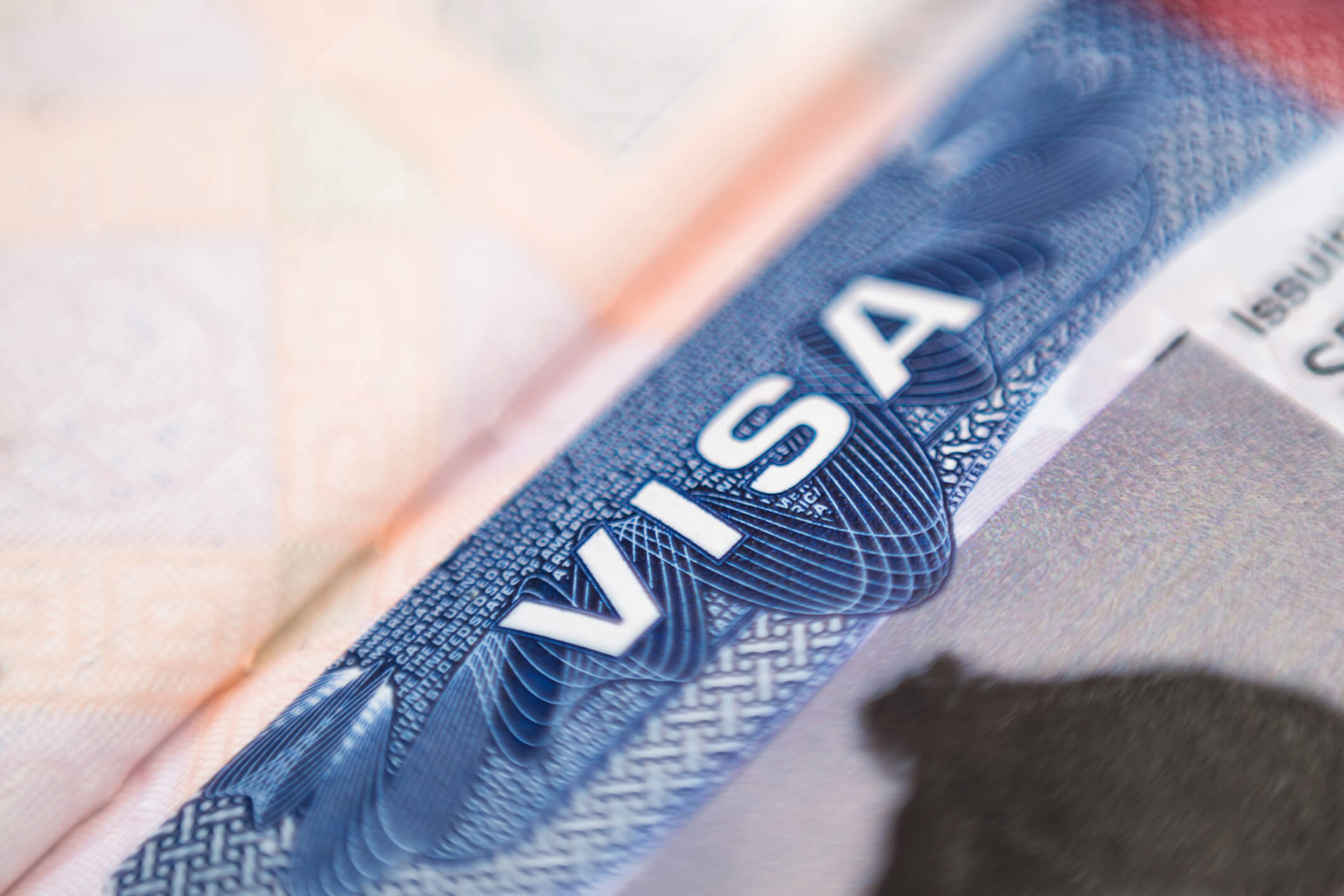The United States Citizenship and Immigration Services (USCIS) has again revised its procedures for determining whether foreign national applicants waiting to file their employment-based or family-sponsored preference adjustment of status applications may proceed onto the last stage of the permanent residence (green card) process. This latest course correction reveals that USCIS is not fully aligned with the U.S. Department of State’s (DOS) recently reformatted Visa Bulletin. USCIS’s latest revisions to its procedures—announced on October 14, 2015—will result in delays for foreign nationals hoping to file their applications for adjustment of status. For some, the delays will only be for up to a week. Others, however, may again find themselves subject to longer delays associated with visa backlogs.
Recent Changes to the DOS’s Visa Bulletin
This newest revision to the procedures comes after recent changes to the Visa Bulletin system, which have already caused some upheaval. The DOS uses the Visa Bulletin to publish information about current immigrant visa availability on a monthly basis. Foreign nationals in the process of applying for a green card rely upon this information to determine when they may file their application for adjustment of status, the final stage in the green card process.
On September 9, 2015, the DOS implemented changes allowing certain individuals to file the application for adjustment of status even if an immigrant visa number is not yet available to the applicant. This change was particularly welcomed by foreign nationals in employment-based preference categories with historically oversubscribed countries, such as China and India. For those individuals, the wait in line before being permitted to apply for adjustment of status is already quite long. Prior to this change, a foreign national applicant was only eligible to file an application for adjustment of status if his or her priority date was “current” under the DOS Visa Bulletin issued for a particular month. Under the reformatted DOS Visa Bulletin, however, foreign national applicants would become eligible to file an application for adjustment of status if his or her priority date is before the cut-off date set specifically for filing the application for adjustment of status regardless of whether an immigrant visa were available.
By allowing foreign nationals to file their adjustment of status applications sooner than previously permitted, this move created the possibility of some work and travel flexibility for foreign workers who are otherwise still subject to lengthy immigrant visa backlogs. The catch is that, in order for the benefits of this change to be realized, the DOS, the agency that issues the Visa Bulletin, and USCIS, the agency that determines when foreign nationals may actually proceed with filing their adjustment of status applications, need to act in concert with one another.
The Latest Procedural Change by USCIS
The DOS Visa Bulletin consists of multiple filing charts covering action dates for different immigrant visa cases. For employment-based preference cases, chart A (Application Final Action Dates) indicates by which priority date immigrant visa numbers are, or will be, available for different preference categories and countries. Chart B (Dates for Filing of Employment-Based Visa Applications), in contrast, indicates when foreign nationals may file their applications for adjustment of status.
On October 14, 2015, USCIS issued an Updated Instruction for Using the DOS Visa Bulletin, adding an additional layer to the Visa Bulletin notification process. Under USCIS’s new instruction, which became applicable beginning with the DOS Visa Bulletin for November 2015, applicants will only be permitted to use the Dates for Filing chart (chart B of the DOS’s monthly Visa Bulletin) if USCIS first determines there are more immigrant visas available for a fiscal year than there are known applicants for such visas. Unless USCIS states that applicants may rely on the Dates for Filing chart, foreign national applicants must rely on the Application Final Action Dates chart (chart A of the DOS’s monthly Visa Bulletin) instead. USCIS states that the agency will make this determination each month, and will post the relevant chart on the USCIS website within a week of publication of the DOS Visa Bulletin. USCIS will use the additional time to assess the relevant data on application volume as well as immigrant visa numbers to aid in its determination.
The Impact of These Changes on Employers and Foreign Nationals
In practical terms, the implementation of this additional step by USCIS will mean employers and foreign national applicants will have to wait up to an additional week before receiving notice as to whether the applicant may proceed with filing his or her application to adjust status in the upcoming month. Up until the implementation of this new step by USCIS, applicants were notified when the DOS Visa Office had published the monthly Visa Bulletin within several days of the eighth day of the month. For example, the DOS published the Visa Bulletin for December of 2015 on November 9, 2015. In order to accurately assess whether a foreign national applicant may proceed with filing the application to adjust status, employers and foreign national applicants will now need to wait for USCIS’s determination and online posting on whether applicants may rely on the Dates for Filing Visa Applications chart (chart B of the DOS’s monthly Visa Bulletin). If USCIS determines there are insufficient immigrant visa numbers to accommodate the number of known applicants, then the foreign nationals will be subject to the significantly earlier cut-off dates for eligibility to submit an application (Application Final Action Dates) for adjustment of status found on chart A.
For the Visa Bulletin for December of 2015, USCIS posted its determination on November 13, 2015. According to USCIS’s latest update, foreign national applicants will not be able to rely upon the DOS-generated Dates for Filing Visa Applications chart and must instead use the Application Final Action Dates chart. The disconnect between the DOS’s and USCIS’s procedures means the cut-off dates, in practical effect, will retrogress for the purposes of determining who is eligible to file an application to adjust status. For example, the controlling priority date for the Employment-Based Second Preference category for China will revert from January 1, 2013 to February 1, 2012, and the Employment-Based Second Preference category for India will revert from July 1, 2009 to June 1, 2007.
This two-step, two-agency process means employers and foreign national applicants have from November 13 to the end of the month to file the applications to adjust status for employees who will no longer be eligible to file under the DOS Visa Bulletin for December of 2015. It also means that employers will continue to be subject to the swinging movement of the advancement and retrogression of priority dates.
Retrogression in Employment-Based Preference Categories
In addition, the DOS had advanced the dates significantly in the Visa Bulletin for October of 2015, specifically in the Employment-Based Second Preference categories for China and India and the Employment-Based Third and Other Workers Preference categories for the Philippines. On September 25, 2015, however, the DOS issued a revised Visa Bulletin for October of 2015 under which the Employment-Based Second Preference categories for China and India and the Employment-Based Third and Other Workers Preference categories for the Philippines retrogressed significantly. The Employment-Based Second Preference category for China retrogressed from May 1, 2014 to January 1, 2013, and the Employment-Based Second Preference category for India retrogressed from July 1, 2011 to July 1, 2009. The Employment-Based Third and Other Workers Preference categories for the Philippines retrogressed from January 1, 2015 to January 1, 2010.
Ogletree Deakins will continue to monitor and report on significant changes to the DOS Visa Bulletin and associated USCIS procedures.




